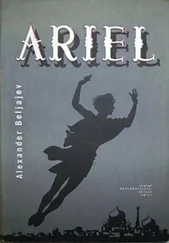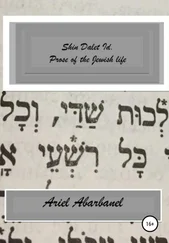In this regard, see Divina, Storia del beato Simone da Trento , cit., voI. II, p. 110. Battista de' Giudici is said to have been later accused of having delivered the children to the Jews of Rovereto instead of having them baptized ("in quantum tradidit sanguinem innocentem perfidis Iudeis, videlicet infantes illos, qui modo essent Christiani, quorum animae plus valerent quam totus mundus"). Vedi [Bonelli], Dissertazione apologetica , cit., p. 132.
The ritual decisions of the well-known rabbi Israel Isserlein da Wiener Neustadt refer to a compromise relating to the sharing of the inheritance of Angelo da Verona (who here appears under the name of Engel mi-Trient) among the orphan children, in a dispute before a rabbinical tribunal, the judges of which were from Treviso, Verona and Padua (Israel Isserlein, Pesaqim w-ketavim , Fürth, 1738, c. 17b, par. 102-103). Since Isserlein died in around 1460, it is not possible that the response, obviously linked to a situation later than 1475, can be attributable to him; the response was probably erroneously included among his writings. In this regard, see I.J. Yuval, Scholars in Their Time. The Religious Leadership of German Jewry in the Late Middle Ages , Jerusalem, 1984, p. 261. In August of 1498, the brothers, Mosè and Salomone, Angelo’s sons, appointed as their procurator Manuele da Rovigo to recover the loans forming part of their father’s inheritance (cfr. Simonsohn, The Jews in the Duchy of Milan , cit., voI. IV, pp. 2847-2848). It should be noted that Mosè, son of the late Angelo da Verona, was still alive and presumably rather old by the mid-Sixteenth century. He lived at Cremona (cfr. Simonsohn, The Jews in the Duchy of Milan , cit., vol. II, pp. 1335, 1357).
On the conversion of the women detained at Trent, see, in particular, [Bonelli], Dissertazione apologetica , cit., pp. 158-160; Divina, Storia del beato Simone da Trento , cit., voI. II, pp. 204-206.
"Preterea volumus, et eadem tibi auctoritate iniungimus, quod omnem adhibeas diligentiam, ut infantes Iudeorum damnatorum filii, eorum baptizatis matribus, una cum dotibus matrum eorundem, apud quoscumque reperiantur deposite, omnino restituantur; contradictores quoslibet et rebelles per censuram ecclesiasticam, et alia iuris remedia compescendo" (cfr. Simonsohn, The Apostolic See and the Jews , cit., pp. 1246-1247). In this regard, see also Eckert, Trienter Judenprozesses , cit., p. 300. My text includes Divina’s translation of the passage from the Papal bull, Divina ( Storia del beato Simone da Trento , cit., vol. II, p. 212).
"(Comparuit) Joannes Neophytus, alias Salmon in Judaismo denominatus, genua sua humiliter et devote flectens, et manus suas versus eandem capsam, in qua corpus praefati Beati Simonis et Martyris conservatur, tendens [...] in signum contritionis ac votorum suorum Omnipotenti Deo ac Beato Simoni" [“Johann the convert, alias Salamon, his Jewish name, humbly and devoutly (appeared) on bended knee, with his hands extended towards the vault in which the body of the Holy Saint Simon is kept, as a sign of contrition and prayer to the Omnipotent God and Saint Simon”] (cfr. [Bonelli], Dissertazione apologetica, cit., pp. 159-160). See also Divina, Storia del beato Simone da Trento , cit., vol. II, p. 60.












